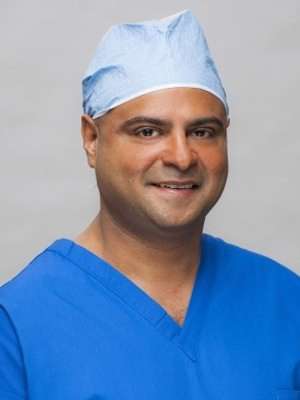The guidelines provided by the New York State Workers Compensation Board are intended to assist healthcare professionals in implementing non-operative therapeutic procedures for individuals with Neck Injuries. These directives aim to support physicians and healthcare practitioners in determining the appropriateness of non-operative therapeutic interventions as part of the comprehensive care plan for neck injuries.
Healthcare professionals specializing in Neck Injuries can rely on the guidance provided by the Workers Compensation Board to make well-informed decisions about the use of non-operative therapeutic procedures for their patients.
It is important to stress that these guidelines are not intended to replace clinical judgment or professional expertise. The ultimate decision regarding non-operative therapeutic procedures for neck injuries should involve collaboration between the patient and their healthcare provider.
Therapeutic Procedures: Non-Operative For Neck Injury
Before kicking off any treatment, the authorized healthcare provider, employer, and insurer need to take into account some crucial factors in looking after the patient. First off, individuals going through therapeutic procedures should be allowed to resume modified or restricted duties as early as it makes sense during their recovery. Second, if there’s no significant improvement in the patient’s condition, both subjectively and objectively, it’s time to stop or reassess the treatment methods.
If the recommended time frames aren’t yielding results, it’s essential to explore alternative treatments, additional diagnostic tests, or seek consultations. Third, providers should make sure to educate the patient and document it. Any treatment plan isn’t truly complete without addressing individual and/or group education to empower patients to manage their symptoms.
Lastly, if patients aren’t progressing as expected 6-12 weeks post-injury, and their symptoms don’t align with objective signs and tests, a reexamination to confirm the accuracy of the diagnosis is necessary. Considering a formal psychological or psychosocial evaluation may also be in order. Home therapy plays a crucial role and may involve various active and passive procedures, along with other methods to help ease pain, swelling, and abnormal muscle tone.
Acupuncture
Recommended for specific individuals as a supplement to physical rehab or surgery to speed up the return of functional activity. Indications cover joint pain, stiffness, soft tissue pain and inflammation, tingling sensations, post-surgery pain relief, muscle spasms, and scar tissue pain. Usually done one to three times a week, with three to six sessions required for an impact and a maximum of ten treatments as deemed clinically necessary. It’s important to note that if there are measurable functional improvements or symptomatic benefits aiding the patient’s progress, acupuncture sessions may be extended. Any treatment beyond the initial ten must be thoroughly documented, justifying its necessity and ability to contribute positively to symptomatic or functional advancements.
Biofeedback
Biofeedback is commonly used alongside other forms of treatment. It’s suggested for specific individuals experiencing non-acute neck pain, as part of a comprehensive approach involving various disciplines.
– It usually takes about 3 to 4 sessions to see results.
– The recommended frequency is 1 to 2 times per week.
– The optimal duration is typically 5 to 6 sessions.
– The maximum advised duration is 10 to 12 sessions. If treatment continues beyond this point, detailed documentation is essential, taking into account the necessity, expected outcomes, and the potential for positive functional improvements.
Biofeedback is not recommended for acute neck pain or acute injuries. For further guidance, please refer to the New York Non-Acute Pain Medical Treatment Guidelines.




